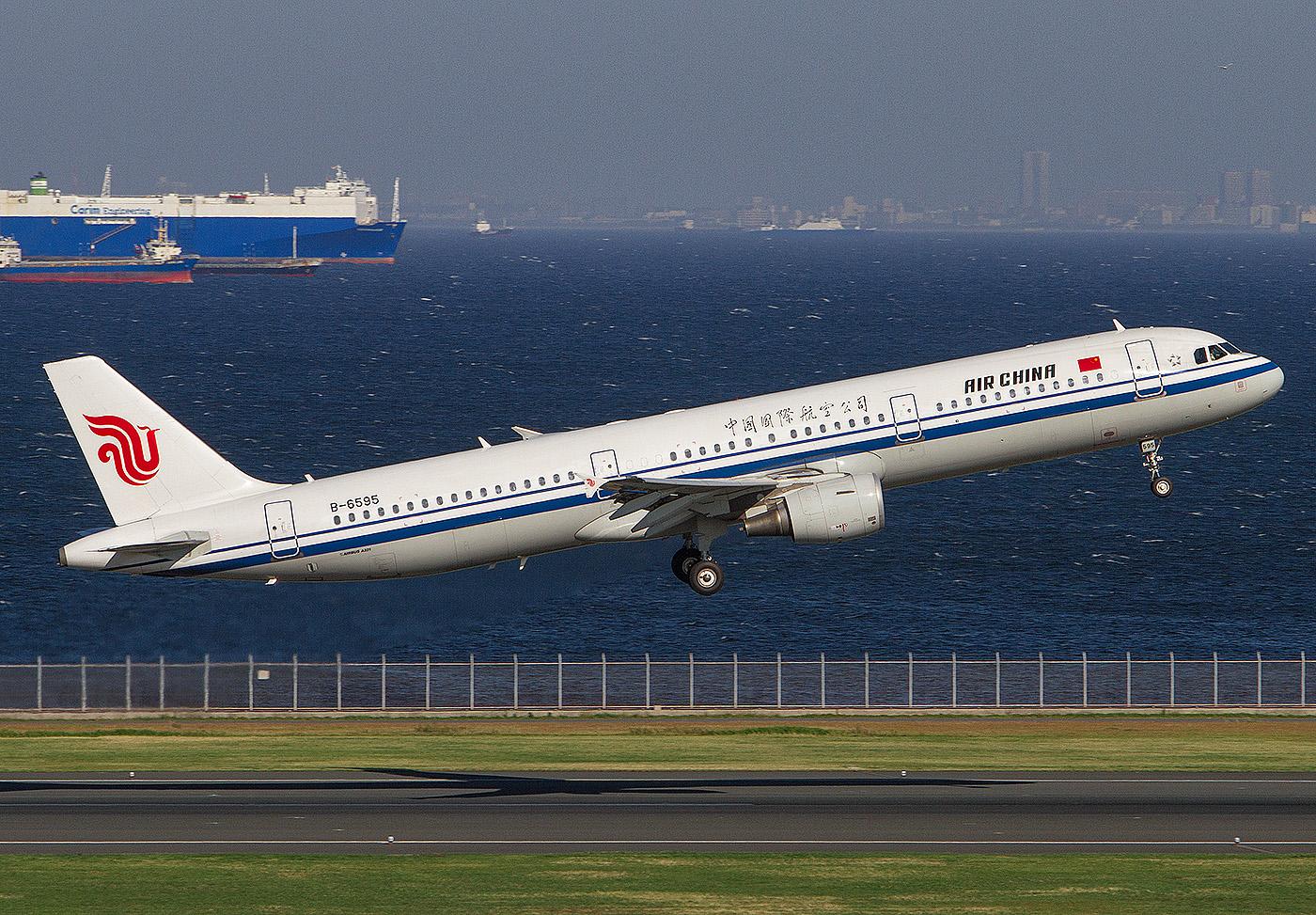
WASHINGTON—The U.S. Transportation Department (DOT), accusing Chinese counterparts of dragging their feet on approving U.S. airline requests to resume service to China, will prohibit Chinese passenger carrier access to the U.S. starting June 16.
Announced in a June 3 order, the U.S. is technically rejecting proposed schedules filed by four Chinese carriers that it began requiring as part of a larger disagreement.
The rift centers on a Civil Aviation Authority of China (CAAC) policy enacted during the novel coronavirus pandemic that sought to limit flights to and from China. It also set guidelines for ramping services back up. Under the policy, services as of March 12 were selected as the new maximum-capacity limit for both Chinese and foreign carriers “until further notice,” the DOT order said. U.S carriers, which began cutting services in February in response to a drastic drop in demand, were not operating any Chinese services on March 12.
DOT claims the CAAC has been using the policy as an excuse for not approving U.S. airline requests to resume service. Meanwhile, Chinese airlines, which were operating about 34 weekly U.S. flights as of mid-March, have been permitted to continue to serve the U.S.
“In establishing an arbitrary ‘baseline’ date of March 12, 2020, as well as the other restrictions cited above, the CAAC notice effectively precludes U.S. carriers from reinstating scheduled passenger flights to and from China and operating to the full extent of their bilateral rights, while Chinese carriers are able to maintain scheduled passenger service to and from each foreign market served as of the baseline date, including the United States,” the DOT said.
While demand and travel restrictions led the largest U.S. airlines to pause Chinese routes, resuming them is in the plans. United’s most recent schedule, loaded May 28, included the resumption of three U.S.-China routes: San Francisco International (SFO)-Beijing Capital (PEK), San Francisco-Shanghai Pudong (PVG), and Newark Liberty (EWR)-Beijing Capital, on June 15. But, United noted when the schedule loaded, the flights are “pending regulatory approval.”
DOT said that U.S. carriers have been working with CAAC for at least a month, but no flights have been approved. U.S government officials stepped in. On a mid-May call, CAAC said it was considering a change to its baseline parameters, but the once-weekly service to one Chinese city would likely stay.
The U.S. responded with a May 22 order requiring Chinese carriers to file planned “combination services” schedules involving U.S. destinations—including code-share services—“at least” 30 days in advance. This set the stage for the U.S. to reject the Chinese carriers’ schedules.
The order said it “disapproves all of the existing schedules for combination services” of Air China, China Eastern Airlines, China Southern Airlines, and Xiamen Airlines. Hainan Airlines and Sichuan Airlines have requested schedules that start later this year and appear to be affected.
It is not clear if the order affects code-sharing as well. The DOT did not respond to an inquiry requesting clarification.
CAAC has balked at the schedule-filing requirement, arguing in a May 25 letter that—unlike its policy—the U.S. order does not apply to all foreign carriers. The DOT counters that China has not addressed the core issue of approving U.S. carrier schedules.
“We find no basis in the CAAC’s May 25th letter to anticipate a change in CAAC policy that would point to a satisfactory resolution,” the DOT order said. “Should the CAAC adjust its policies to bring about the necessary improved situation for U.S. carriers, the Department is fully prepared to revisit the action it has announced in this order.”





